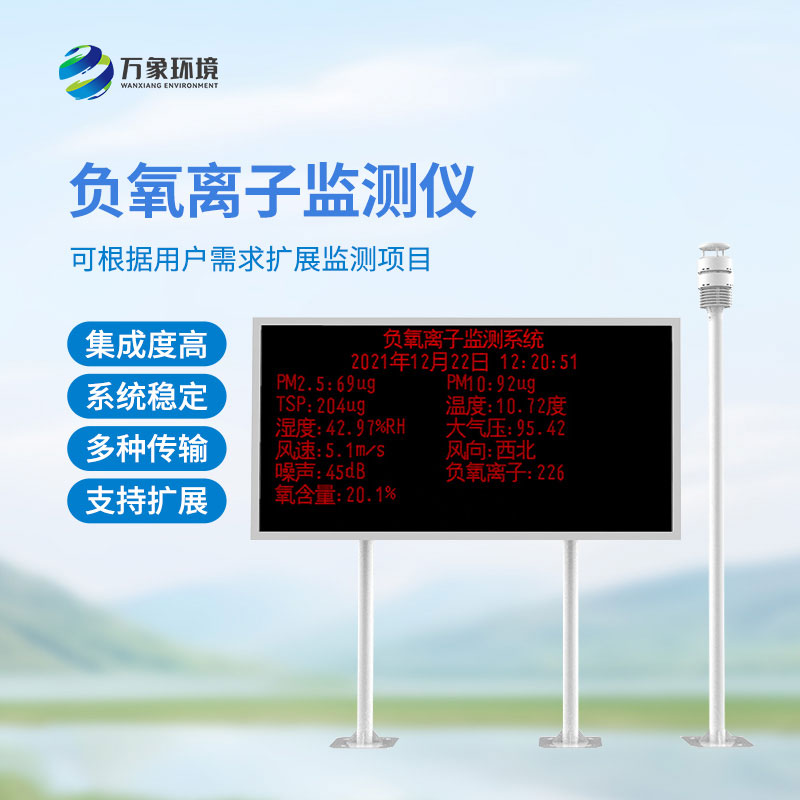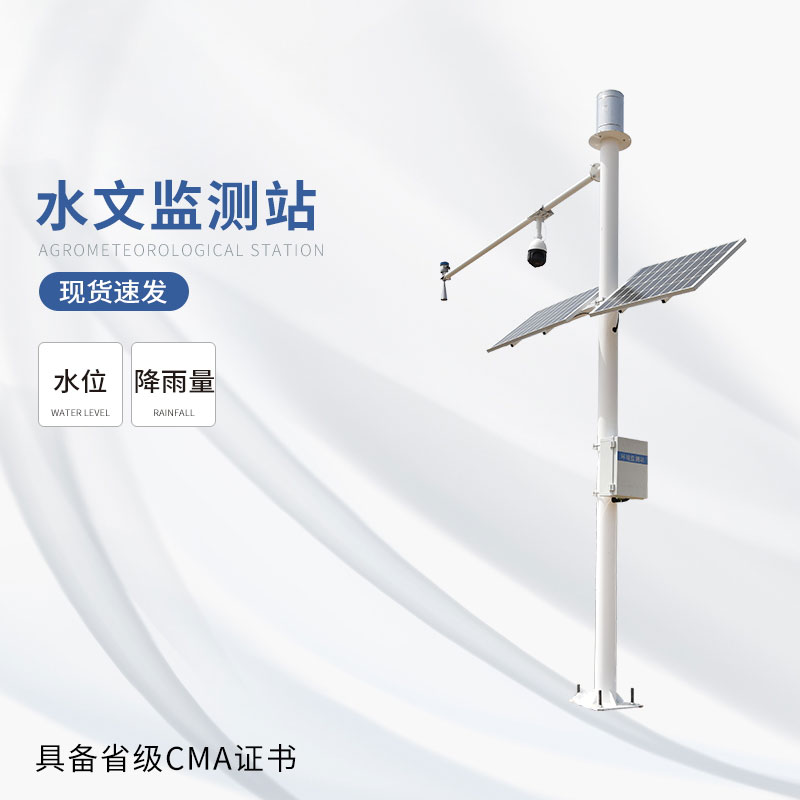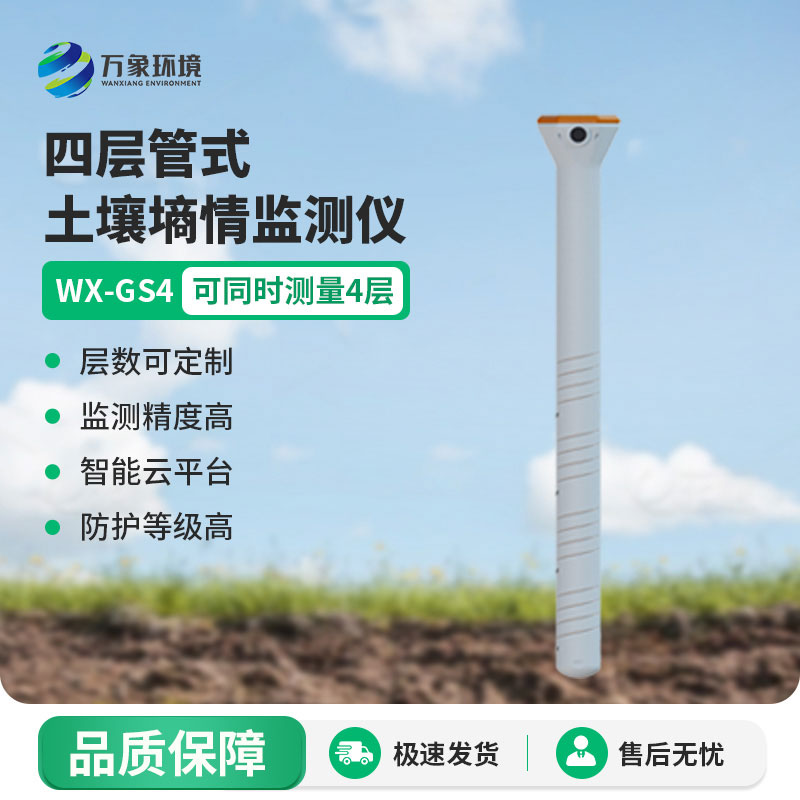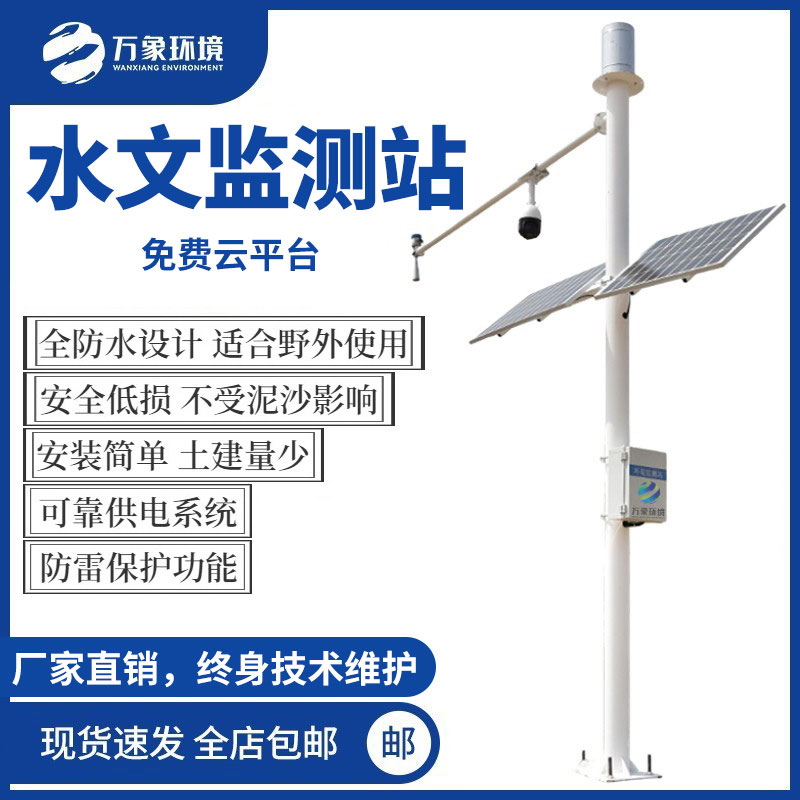In the busy urban life, the park scenic area has become an ideal place for people to relax and get close to nature. However, with the acceleration of urbanization, the problem of air quality has become increasingly prominent, and the air quality of park scenic areas has become the focus of tourists' attention. In order to ensure the health of tourists and improve the sightseeing experience, the air negative oxygen ion monitoring station came into being and became the green guardian of the park scenic area.
The installation of the WX-FZ3 air negative oxygen ion monitoring station in the park area means that visitors are provided with a real-time window into the air quality. Through the data of the monitoring station, visitors can intuitively see the concentration of negative oxygen ions in the current area, so as to choose a more appropriate time and place to visit. This not only ensures the respiratory health of visitors, but also enhances their visit experience, making every visit to the park more pleasant and comfortable.
For park managers, the air negative oxygen ion monitoring station is an important basis for management decisions. Through long-term monitoring and data analysis, managers can clearly grasp the changes of negative oxygen ions in different seasons and different time periods in the scenic spot. These data will help managers develop more scientific strategies for vegetation conservation, water management and pollution source control. For example, according to the monitoring data, managers can adjust the type and scale of vegetation planting to improve the overall concentration of negative oxygen ions in the scenic spot. At the same time, by improving the self-purification capacity of the water body, the air can be further purified and a fresher sightseeing environment can be provided for tourists.
In addition, the air negative oxygen ion monitoring station also shoulders the heavy responsibility of science popularization education and public participation. Monitoring stations are set up in the scenic spot, and monitoring data is disclosed through information bulletin boards, mobile phone applications, etc., which not only increases the transparency of the scenic spot, but also enhances the environmental awareness of tourists. While enjoying the beautiful scenery, tourists can also understand the benefits of negative oxygen ions on human health and the importance of environmental protection. This way of popular science education helps to stimulate the tourists' enthusiasm for environmental protection and encourage them to participate more actively in environmental protection actions.

Article address:
http://www.qxhjjc.com/en/article/1349.html


















 Home
Home phone
phone Product Overview
Product Overview Contact Us
Contact Us